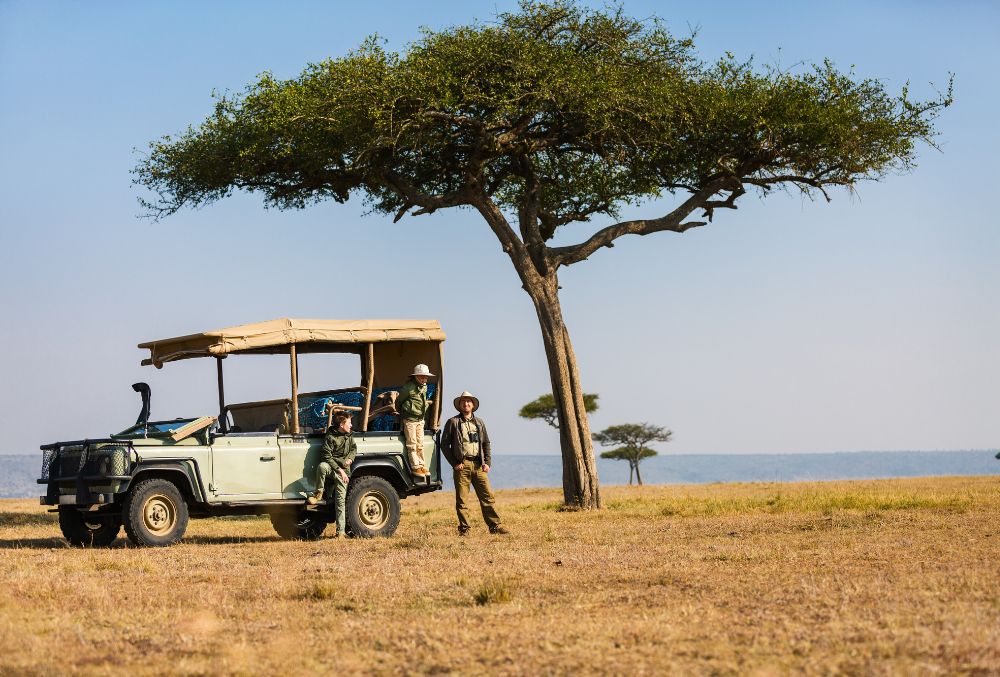Experiencing Africa’s breathtaking wildlife is a primary allure for many adventurers. The continent’s rich tapestry of life includes a vast array of large animals and diverse wildlife, making it a haven for those seeking to connect with nature’s marvels. Africa is home to numerous iconic mammal species unique to its landscapes, particularly primates.
Primates, with their advanced brains, forward-facing vision, and dexterous hands featuring opposable thumbs, mirror aspects of human physiology. These remarkable creatures share a slower pace of development compared to other mammals of similar size, leading to longer lifespans and a more profound growth journey. Apart from humans, the majority of these fascinating beings thrive in the lush, tropical, and subtropical environments Africa is known for.
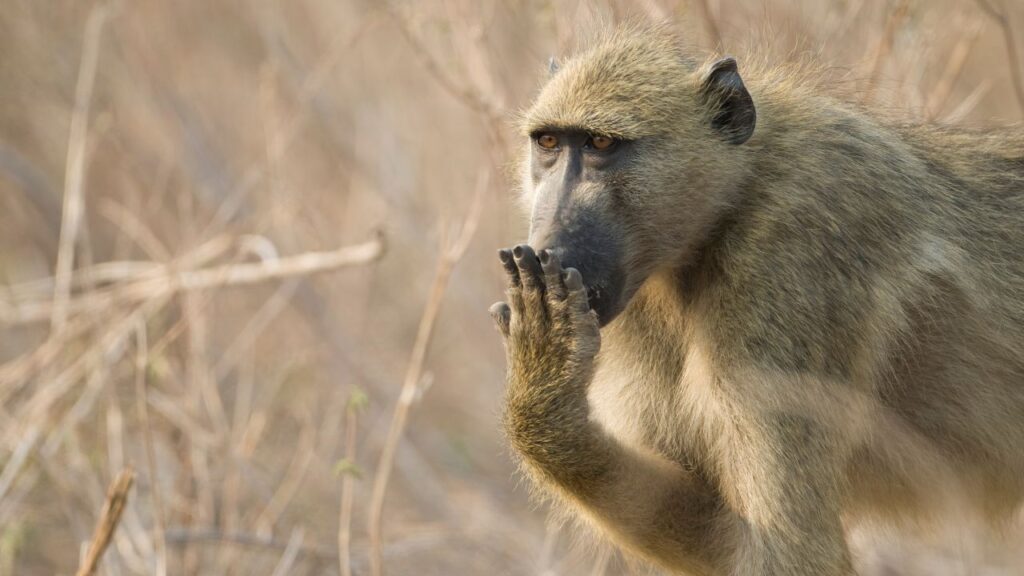
Discover the Great Apes
Encountering wild apes is an encounter like no other. As apes ourselves, meeting gorillas, chimpanzees, bonobos, or orangutans in Asia feels akin to gazing into a mirror, revealing astonishing resemblances in our behaviors. Tragically, these remarkable beings face the threat of extinction, making such encounters rare treasures. Venturing through Africa’s forests to connect with our ancestral cousins offers transformative, once-in-a-lifetime experiences.
Gorillas: Majestic Giants
Among primates, gorillas hold a special place in our hearts, fascinating us with their human-like emotions and behaviors, including expressions of joy and sorrow. Sharing more than 98% of their DNA with us, gorillas are the epitome of the great apes: powerful yet gentle, with wide chests, large hands akin to humans, and expressive eyes set in their distinctive faces. The eastern and western gorillas, residing in the heart of equatorial Africa, are separated by the vast expanse of the Congo Basin forest, each with its unique lowland and upland subspecies.
Gorillas thrive in close-knit family groups, often led by a venerable silverback. The deep bonds within these families form the cornerstone of their social structure. With a slow reproductive rate, each birth is a precious addition, underscoring the urgency of conservation efforts to safeguard these gentle giants from the brink of extinction.
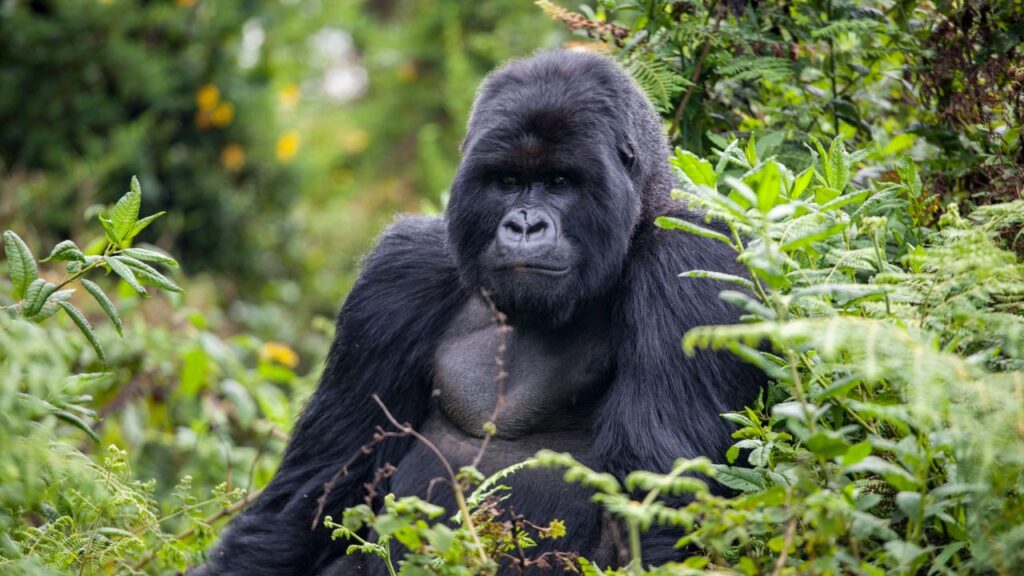
Gorilla Trekking: A Journey into the Wild
Experiencing gorillas in their natural environment, in silence and awe for an hour, is perhaps one of life’s most profound honors. Only a select few destinations worldwide offer this extraordinary adventure.
Rwanda’s Volcanoes National Park, nestled within the majestic Virunga Mountains, is the premier location for encountering the legendary mountain gorillas, a sub-species immortalized by Diane Fossey. These gorillas dwell in lofty forest elevations up to 4,000 meters, their thick fur shielding them against the chill of their frosty habitat. Uganda’s Bwindi Impenetrable National Park is another sanctuary for these magnificent beings, where habituated families thrive under the protection of the dense foliage.
For adventurers yearning for the road less traveled, the Democratic Republic of the Congo’s Virunga National Park hosts several habituated mountain gorilla families. The intrepid explorer can also seek out western lowland gorillas in the Republic of the Congo’s Odzala-Kokoua National Park, or venture further to discover them in The Central African Republic’s Dzanga Sangha National Park and Gabon’s Loango National Park.
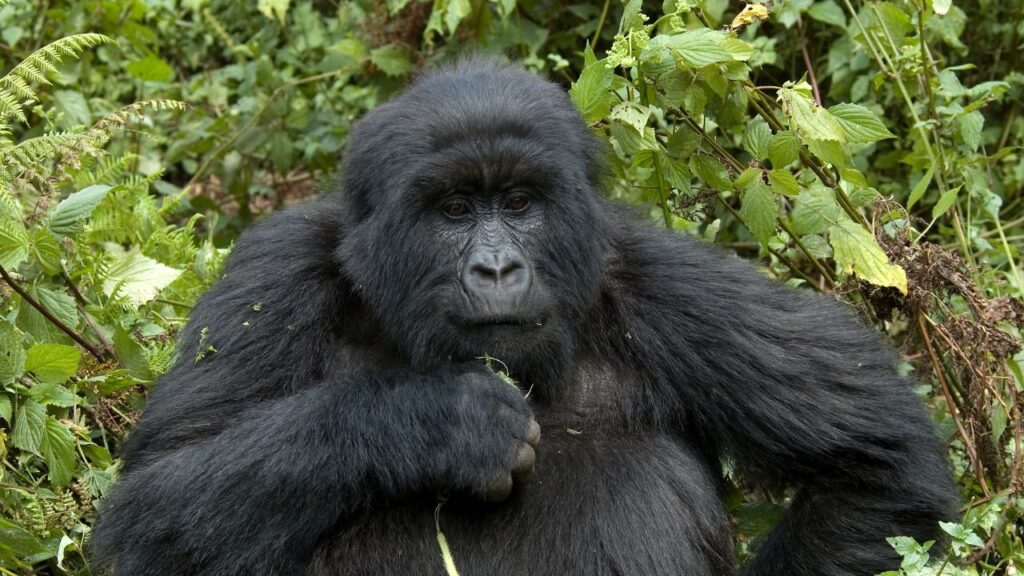
The Eastern lowland gorilla, or Grauer’s gorilla, known as the largest of the gorilla subspecies, finds refuge in the DRC’s lush Kahuzi-Biéga and Maiko national parks. Meanwhile, the critically endangered Cross River gorilla, the rarest of all subspecies, clings to existence in the secluded forest landscapes of Cameroon and Nigeria. While opportunities to observe habituated Grauer’s gorillas exist, the elusive Cross River gorillas remain a challenge for conservationists and trekkers alike, with no habituated families currently accessible.
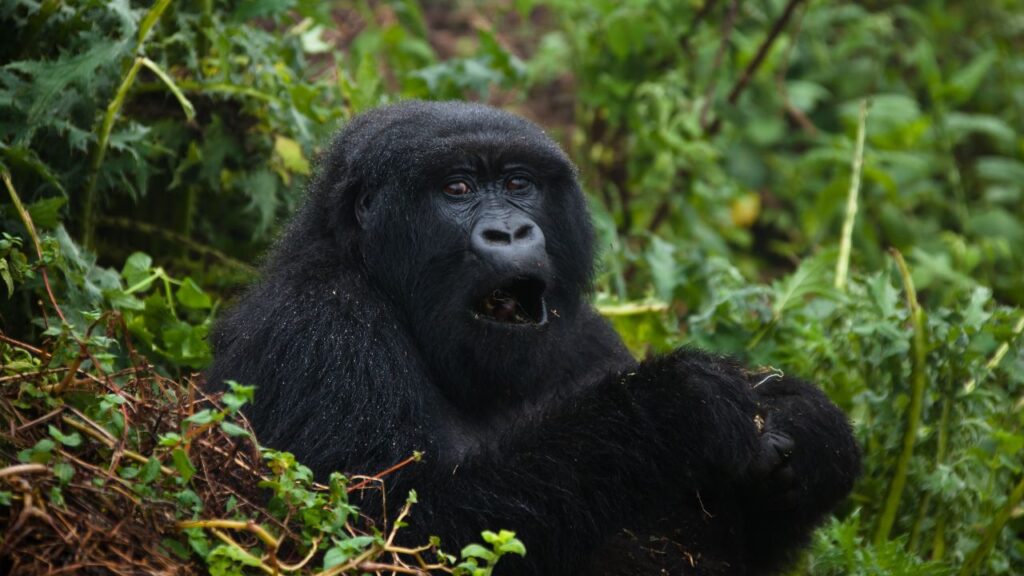
Chimpanzees: Our Closest Kin
Chimpanzees hold the title as our closest living relatives, sharing nearly 99% of our DNA. Known for their intelligence, curiosity, and vibrant social lives, chimpanzees form dynamic communities of 10 to over 100 members. Their territories are sacred, vigilantly defended from outsiders, often foraging as a team. Demonstrating intricate behaviors, many of which are learned, chimpanzees can solve complex problems, plan for future events, and skillfully use tools, including medicinal plants to treat ailments.
Despite their portrayal as ubiquitous across Africa in classic cinema, chimpanzees face critical threats from habitat destruction and the illegal pet trade. Now, only a few precious habitats remain where one can witness these remarkable creatures in the wild.
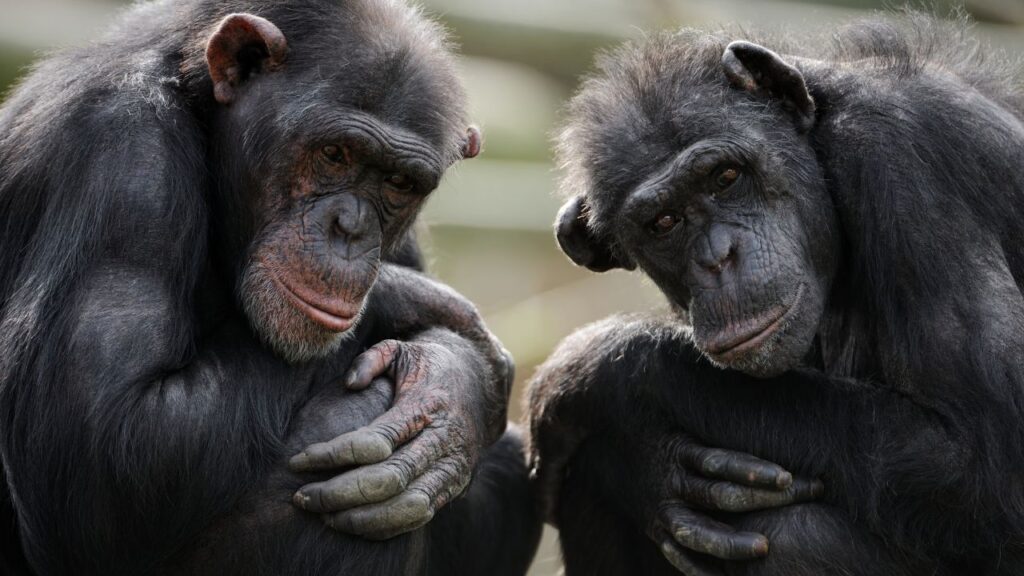
Chimpanzee Trekking Adventures
Chimpanzees grace various regions of Western and East/Central Africa. The iconic Jane Goodall’s lifelong research in Tanzania’s Gombe Stream National Park has made it a premier destination for observing these engaging animals. Similarly, the Mahale Mountains National Park, set along Lake Tanganyika, offers intimate encounters with chimpanzees against one of Africa’s most breathtaking backdrops.
Uganda shines as a hotspot for chimpanzee trekking, especially in Kibale National Park, alongside Queen Elizabeth National Park’s mystical Kyambura Gorge and the Budongo Forest near Murchison Falls National Park. Rwanda’s Nyungwe National Park, while presenting more challenging terrain, is home to around 400 chimpanzees. In 2021, Rwanda introduced private chimpanzee habituation experiences in Gishwati Forest National Park, which houses about 30 chimpanzees, conveniently located near Volcanoes National Park for those looking to experience both gorilla and chimpanzee treks.
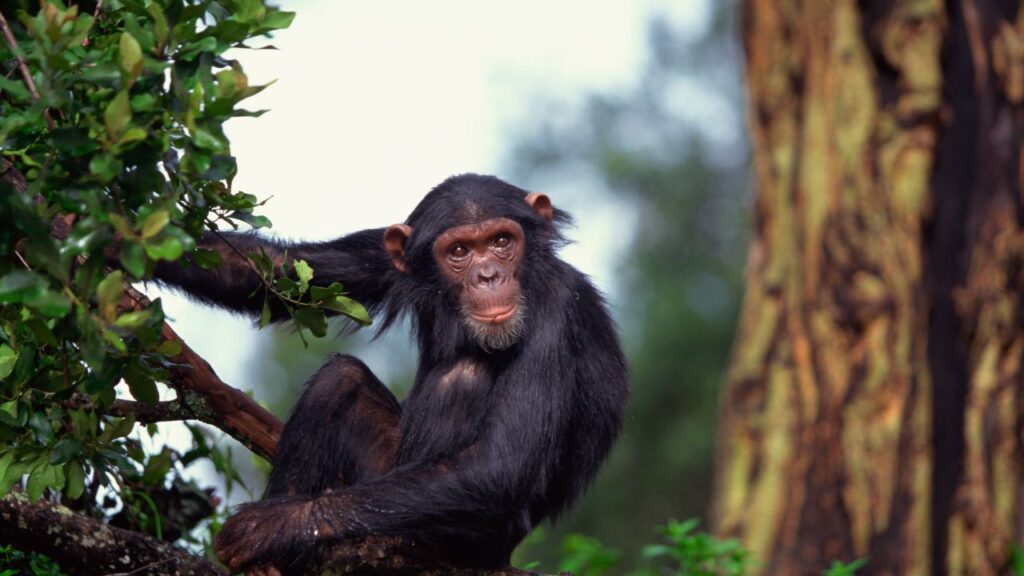
Bonobos: The Peaceful Primate
The enigmatic bonobos, or pygmy chimpanzees, are just as closely related to humans but remain the least understood of the great apes. Slightly smaller, leaner, and darker than their chimpanzee cousins, bonobos live in matriarchal societies known for their peaceful interactions. Uniquely, bonobos use sexual behaviors as a means to maintain social bonds and resolve conflicts. However, their world is not entirely devoid of violence; encounters between groups can escalate into serious conflicts.
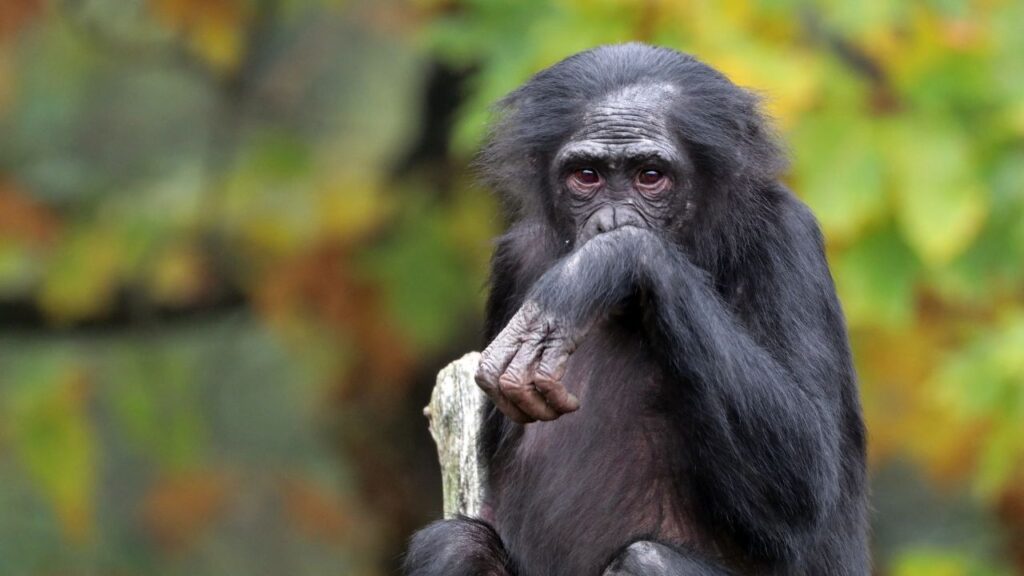
Explore the World of African Monkeys
African monkeys, belonging to the Old World category, share a closer lineage with apes and humans compared to their New World counterparts in Latin America and Asia. These vibrant, curious, and sharp creatures inhabit various regions across Africa. Among them are baboons, colobus monkeys, drills, geladas, guenons, mandrills, a unique macaque species, mangabeys, patas, and the illustrious golden monkeys. Let’s delve into some of Africa’s most captivating monkey species:
Gelada Monkeys: The Grassland Dwellers
Known as the bleeding-heart monkeys for the striking red, heart-shaped patch on their chests, gelada monkeys thrive in Ethiopia’s highlands, including the majestic Simien Mountains. Contrary to their robust appearance, they are not baboons. Remarkably terrestrial, they are the only primates, aside from humans, to feast predominantly on grass. Their days are spent seated, delicately picking and eating grasses and herbs, supported by their specially adapted fatty sitting pads.
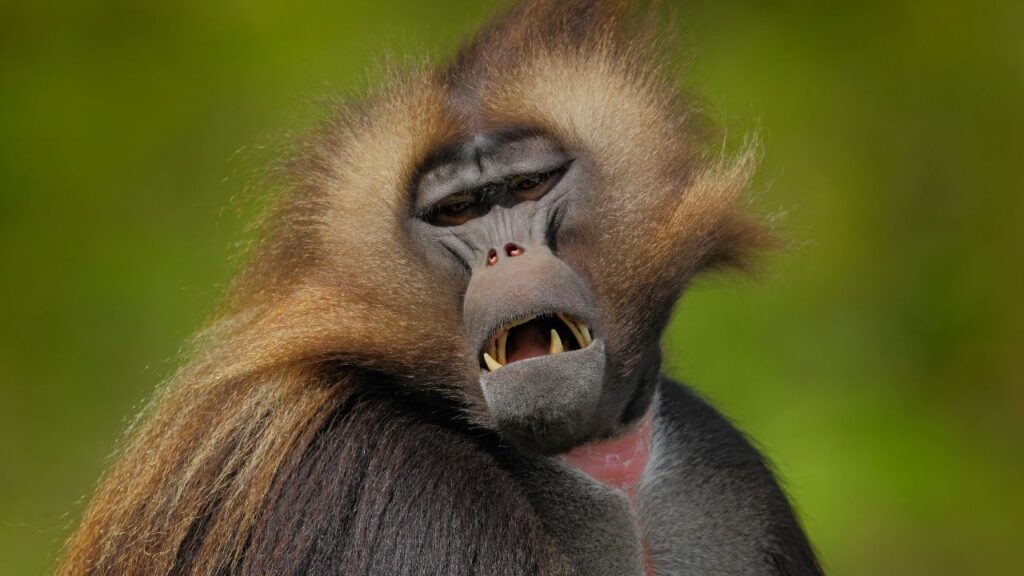
Mandrills: The Forest’s Vibrant Giants
Mandrills, once considered baboons but now recognized as a distinct genus, are the most massive and arguably the most vividly colored of all monkeys. Inhabiting the dense rainforests of equatorial Africa, they form extensive groups of up to 200 members. Their faces and rumps boast an explosion of blue and red hues, which intensify with excitement. With formidable canine teeth meant for defense, a mandrill’s toothy display is often a sign of friendliness within their circles.
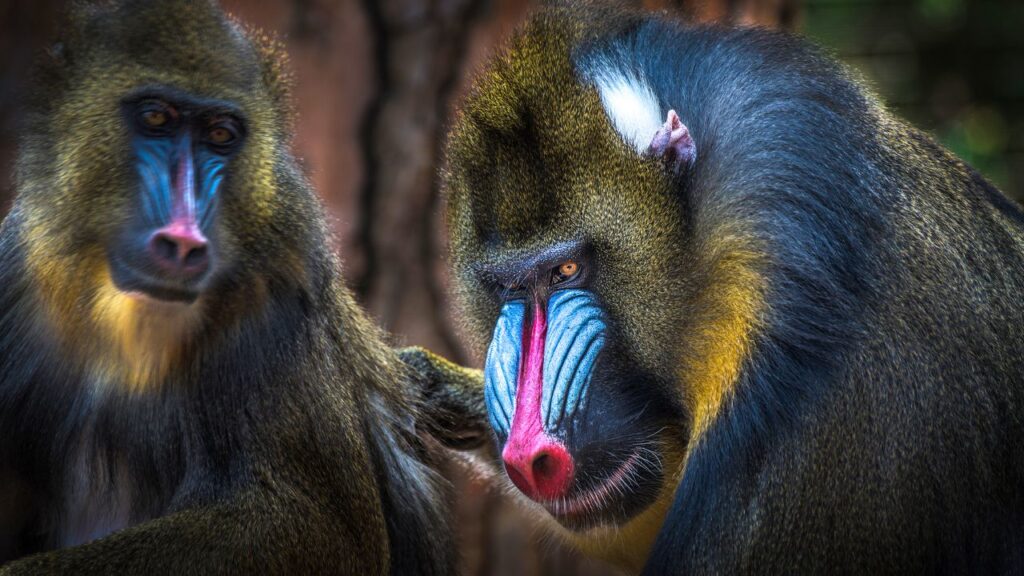
Golden Monkeys: The Virunga’s Treasures
Distinguished by their unique golden-orange fur, golden monkeys are native to the volcanic Virunga mountains, traversing Rwanda, Uganda, and the DRC. A notable population resides in Rwanda’s Volcanoes National Park. These social beings live in groups led by a single male, with numbers ranging from 30 to 80. Trekking to see golden monkeys has become a sought-after adventure in Rwanda and Uganda, offering a glimpse into the lives of these extraordinary primates.
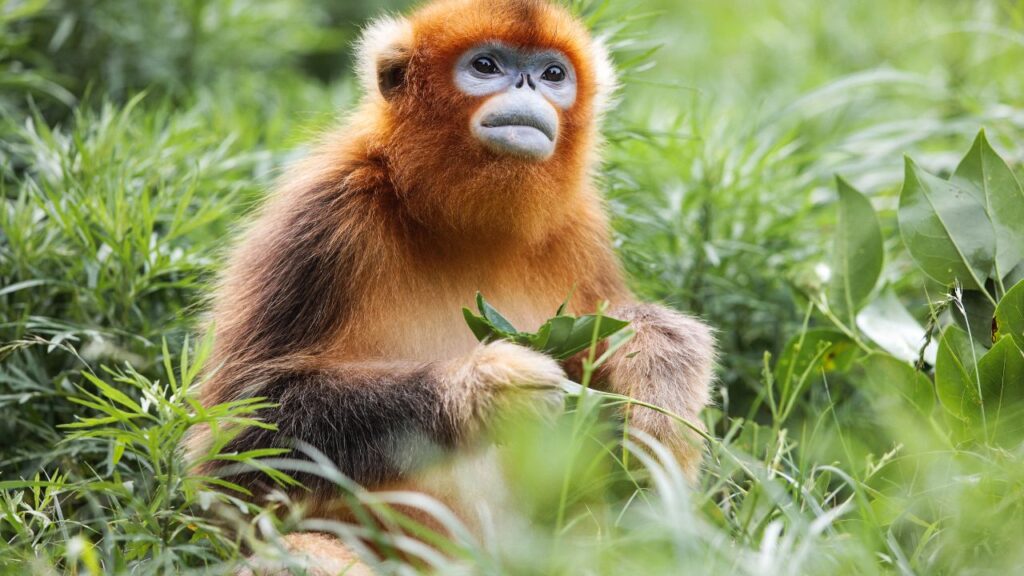
Exploring the World of Prosimians
Prosimians, the earliest branch of the primate family tree, represent a fascinating glimpse into our evolutionary past. The term “prosimian” translates to “before monkeys,” highlighting their ancient lineage. Primarily arboreal, these creatures boast a more pronounced snout compared to their primate cousins, indicative of their acute olfactory senses. Their large, reflective eyes are specially adapted for navigating the nocturnal world, making them unique among primates.
Lemurs: Madagascar’s Enigmatic Inhabitants
Madagascar’s unique ecosystem has given rise to an incredible variety of life, including the enchanting lemurs. With 105 known species, these primates range from the minuscule Madame Berthe’s mouse lemur to the considerably larger indri lemur. Lemurs exhibit a rich social structure, often forming lively troops. The ring-tailed lemur, brought to the spotlight by animated films, is perhaps the most recognized, celebrated for its striking tail. The sifakas stand out for their remarkable agility; these vertical clingers and leapers can traverse over 20 feet between trees, moving with a balletic grace that is a sight to behold.
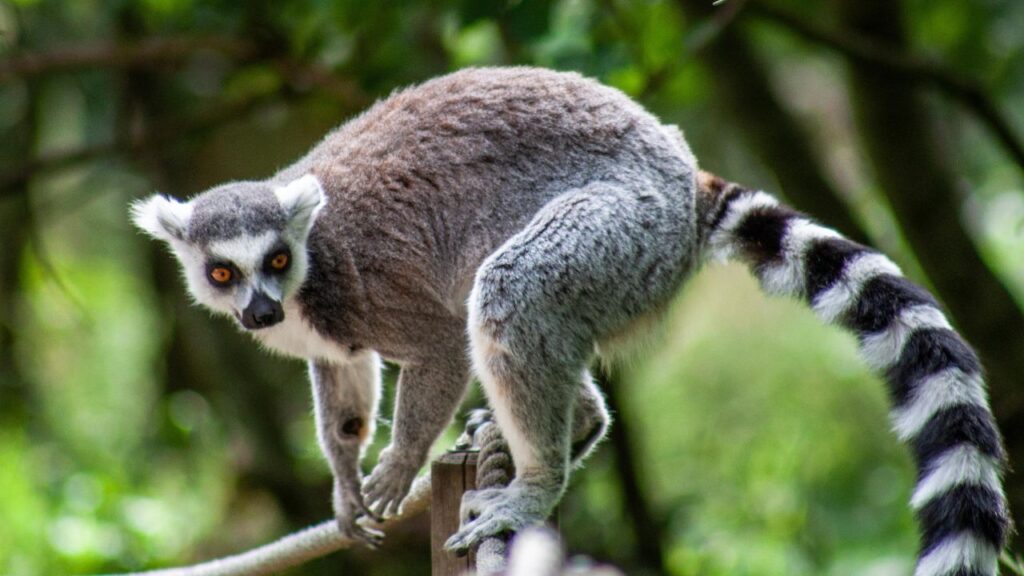
Bush Babies: The Nighttime Acrobats
Bush babies, or “galagos,” embody the essence of nocturnal primates. These tiny, endearing animals are equipped with expansive eyes for twilight foraging and large, directional ears that pinpoint the faintest sounds in the darkness. Renowned for their leaping prowess, they can navigate complex canopy networks or capture insects mid-air with astonishing precision. Bush babies thrive across Sub-Saharan Africa, showcasing the adaptability and diversity of primates.
Though meerkats might share some of these animals’ vigilant traits, they belong to the mongoose family, not primates. They’re known for their communal lifestyle and sentinel behavior, keeping watch over their families in the African wilderness.
Africa’s primates captivate with their diversity and complex behaviors, offering endless fascination on safaris. However, many face threats from habitat loss, poaching, and the illegal wildlife trade. Protecting these creatures is crucial for preserving the rich tapestry of life that defines our planet.
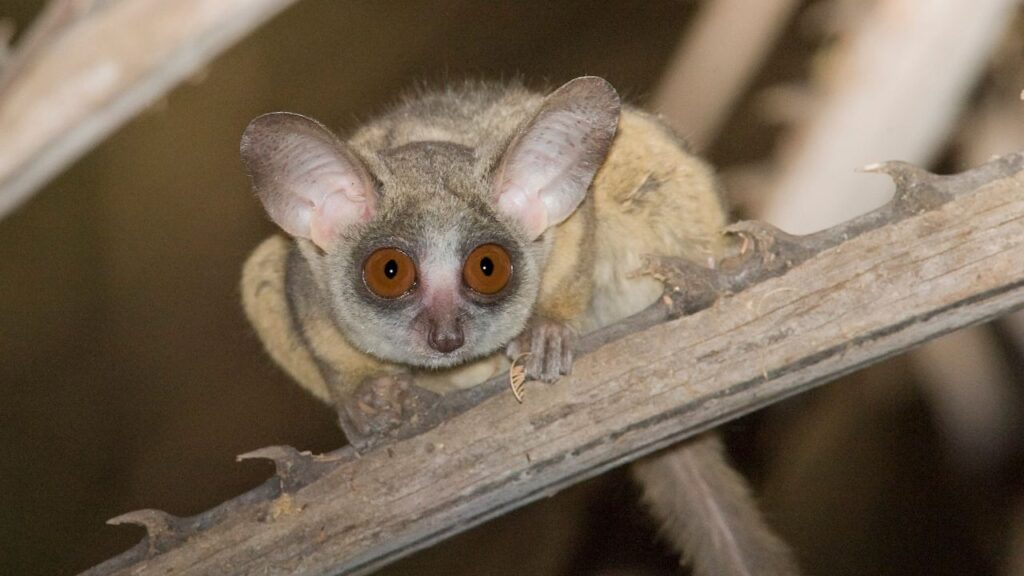
Ready for your trip?
Let us help you plan everything.
We believe in the uniqueness of every traveler’s journey. Our sample itineraries and cost estimates serve merely as inspiration. Dive deeper into personalized travel planning by connecting with our expert consultants, who are ready to craft your customized itinerary, tailored to your budget and passions.
